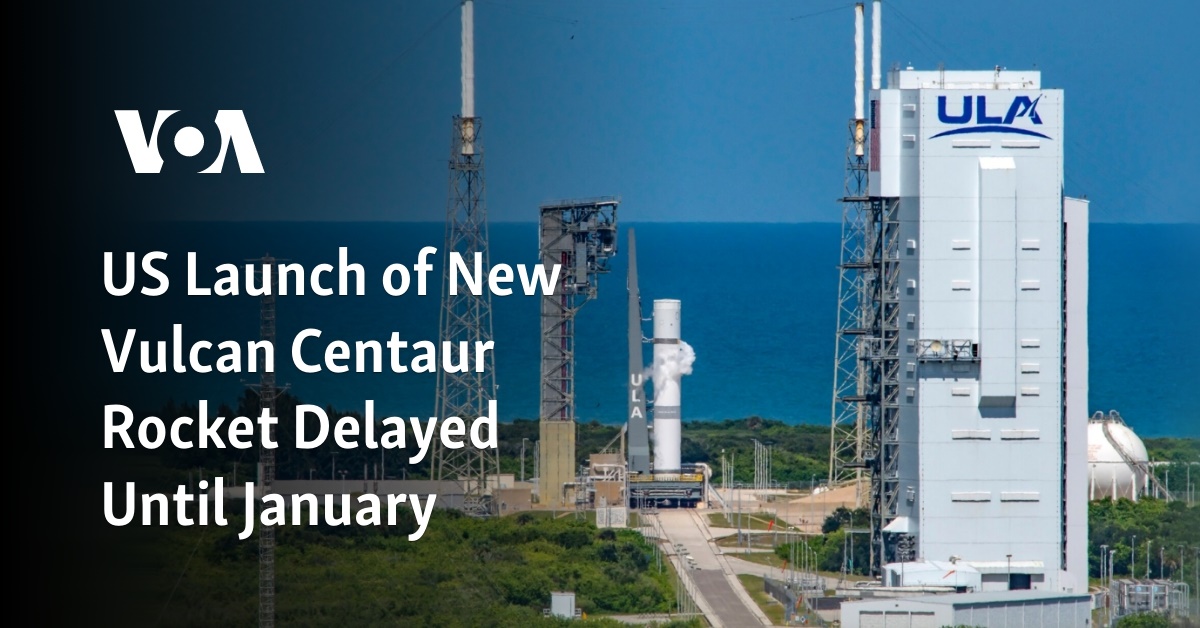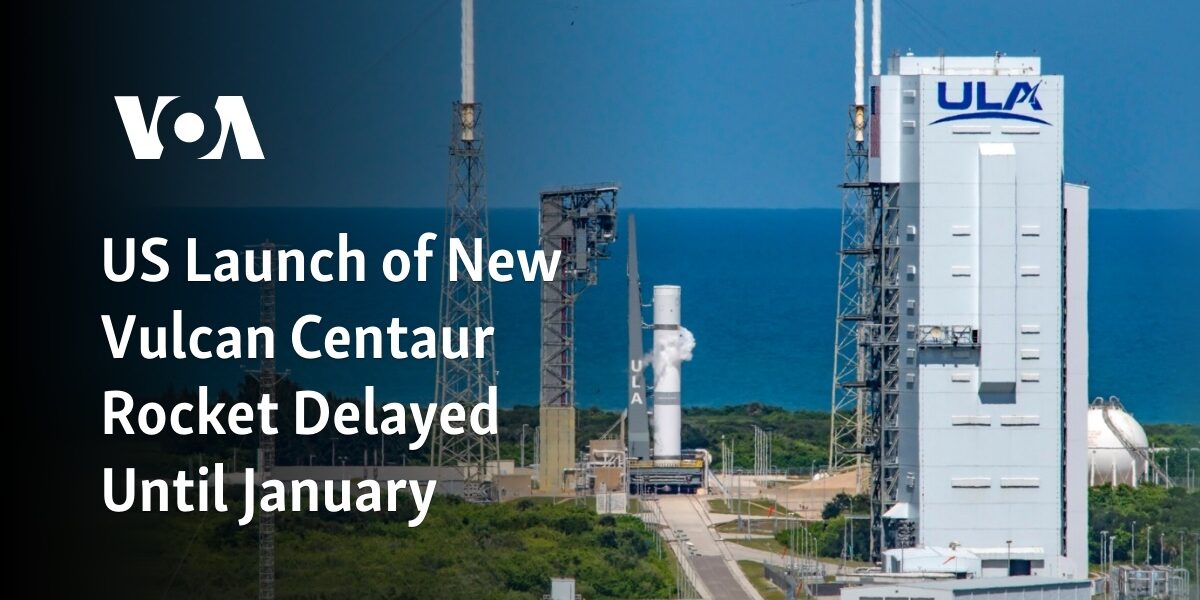The launch of the new Vulcan Centaur rocket in the US has been postponed until January.

The first launch of the newly developed American rocket, Vulcan Centaur, has been postponed from December 24 to January 8, according to the company responsible for its creation.
The delay is due to unexpected technical difficulties, but Tory Bruno, CEO of United Launch Alliance, stated on X (previously known as Twitter) that a recent practice run on the launch site was successful.
A privately funded lunar lander, created by Astrobotic, will be transported by the rocket. It has the potential to be the first privately owned spacecraft to successfully land on the moon and the first American robotic lander since the conclusion of the Apollo program in 1972.
In an interview last week, Bruno stated that this is the initial significant move in the U.S. campaign, and for our allies, to return to the moon with human presence eventually.
“It is quite significant to have a payload, especially one that is able to land on the moon’s surface,” he remarked.
Bruno stated that they had a significant goal in mind and were very confident in the design of their rocket.
The Cert-1 mission will launch from the U.S. Space Force launch base in Cape Canaveral, Florida.
During recent dress rehearsals, Bruno stated on X that certain “routine” problems arose in the ground system, resulting in the cancellation of the Christmas Eve flight. The new window for the flight will now open on January 8.
In addition to the spacecraft that will land on the moon, this rocket will also transport the ashes of individuals connected to the original “Star Trek” show, such as the creator Gene Roddenberry and actress Nichelle Nichols, who portrayed Uhura. Roddenberry’s remains have been sent into space before.
Bruno’s personal DNA will be brought to space as well. In an interview with AFP, he expressed his excitement about the opportunity to travel to space with five “Star Trek” individuals.
The Vulcan Centaur is intended to take the place of ULA’s Atlas V and Delta IV rockets. It is built to transport up to 27.2 metric tons into low orbit, similar to the capabilities of SpaceX’s Falcon 9.
Source: voanews.com




